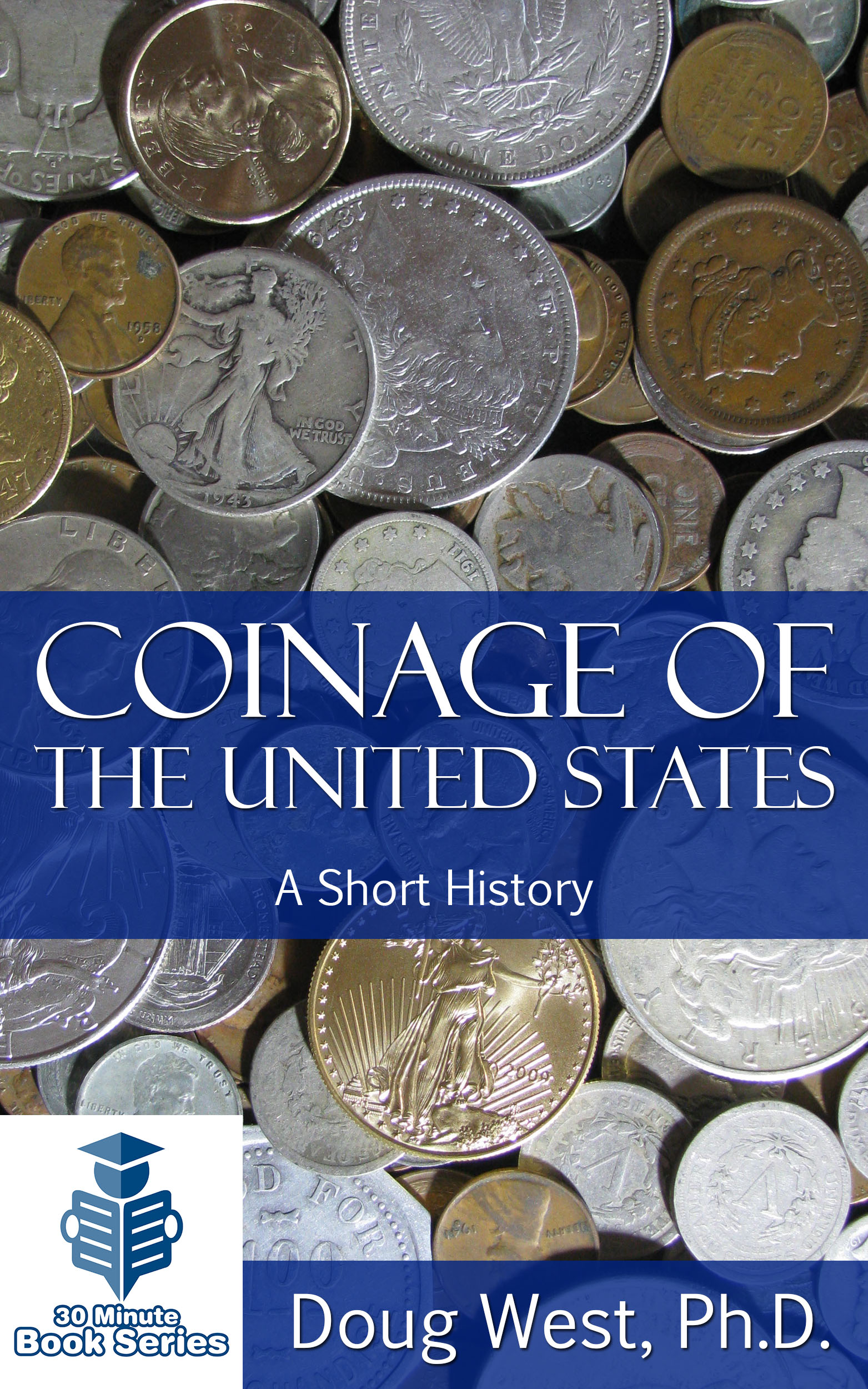
Coinage of the United States – A Short History
By: Doug West
The history of United States coinage is a story that parallels the rise of America. Starting from a humble beginning in a basement in Philadelphia in the first few years of the country to grow to a large highly sophisticated system that produces millions of coins per year. Due to a lack of silver, the first silver coins produced by the Mint came from silverware contributed by George and Martha Washington. Coins are something we take for granted today and put in jars and baskets on our night stands to accumulate for a rainy day when we need a few extra dollars. For more than half of the history of America, that wouldn’t have been possible for the average citizen. It wasn’t until after the Civil War that coinage became widely used for all types of transactions. Up until this time, barter and money substitutes, such as, tokens, script, and foreign coins, were used as a mediums of exchange. During the 1830’s and then again during the Civil War, coins were in such short supply that merchants and private individuals took to producing cent sized coins just to make change for the day to day transactions. In America, it was legal up until 1857 to use foreign money in transactions. The Spanish dollars and their fractional parts called “bits” were very common during colonial times up until the mid-1800s.
